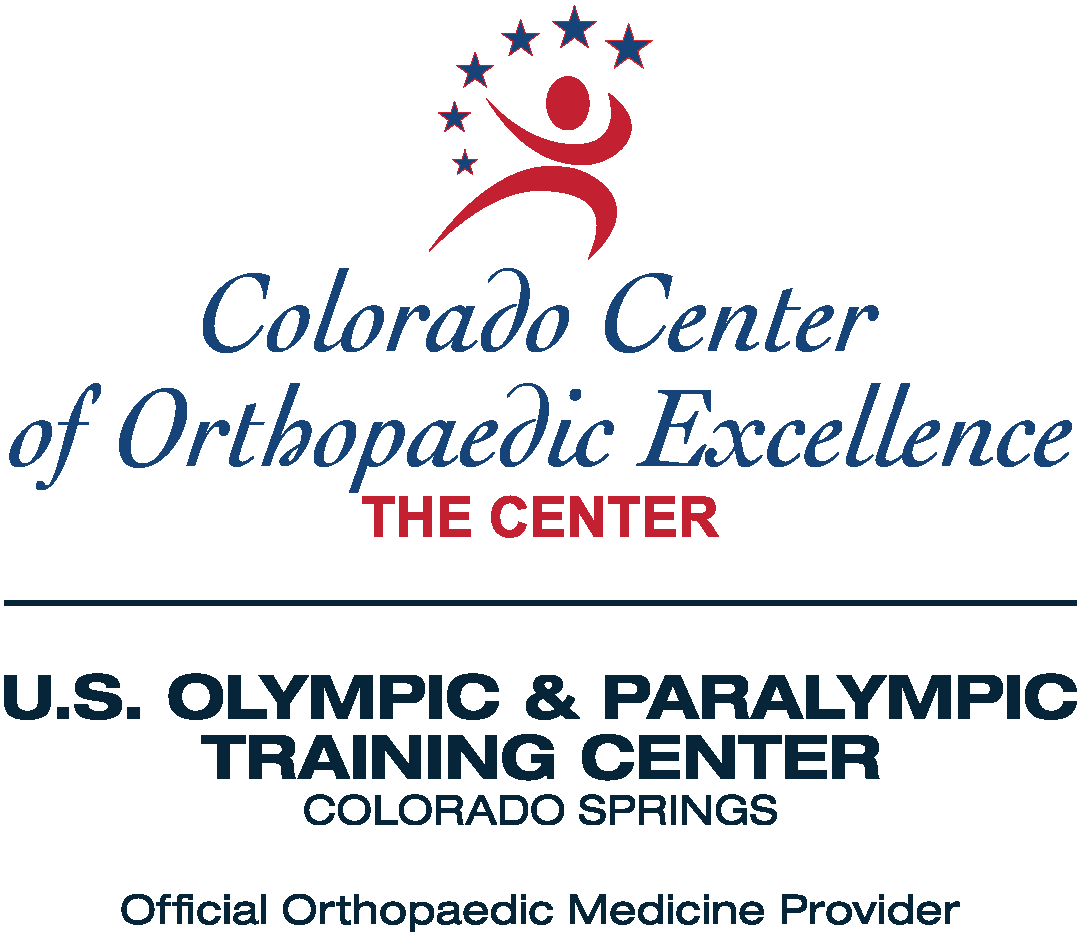Carpal tunnel syndrome is a common cause of hand pain, sensations of numbness and weakness, and that “pins and needles” feeling in the hands. At the Colorado Center for Orthopaedic Excellence, we are experts in all aspects of hand and wrist care. That’s why we created this complete guide to carpal tunnel syndrome.
What is Carpal Tunnel Syndrome?
Affecting nearly 10% of the US population, carpal tunnel syndrome is caused by compression or entrapment of the medial nerve. The medial nerve runs under the skin in a narrow passageway known as the carpal tunnel. The tunnel extends from your forearm into your wrist. It is formed by the carpal bones and nine tendons. The medial nerve is responsible for signals to and from the thumb, index, middle and part of your ring finger. If the tendons and connective tissues become inflamed due to overuse or other factors, they can swell, placing pressure on the delicate nerve.
When the nerve is compressed, the signals cannot fire properly and patients often begin to notice pain, a tingling or burning sensation, and numbness. People with carpal tunnel syndrome may have trouble gripping or holding objects, or performing fine motor functions such as writing or playing a guitar. The onset of symptoms tends to be gradual and may come and go, especially at first.
If the condition is left untreated, it can cause the muscles to atrophy (waste away). While either hand can be affected, approximately half of the people diagnosed with carpal tunnel syndrome experience problems involving both hands. Risk factors for carpal tunnel syndrome include:
- Arthritis
- Diabetes
- Autoimmune disorders such as Lupus or multiple sclerosis (MS)
- Hypothyroidism
- Circulatory disorders
- Obesity
- Work that is highly repetitive, such as typing
Fortunately, carpal tunnel syndrome is highly treatable. Depending on the severity, it may require only rest, bracing, or other treatment such as anti-inflammatory medications. If you do not respond to treatment, surgery may be required.
The most common corrective surgery for carpal tunnel is known as an open release. In an open release procedure, the surgeon can correct the issue by opening a space to relieve pressure on the median nerve. The procedure requires a three-inch incision in what is known as the transverse carpal ligament, in order to enlarge the tunnel. This procedure usually takes about 15 minutes to perform.
This surgery is also possible with an endoscopic carpal tunnel release. An incision is made in the palm of the hand and the surgeon gently slides a small endoscope into the opening. The surgeon then makes another incision in order to insert a specialized instrument that will be used to relieve pressure on the nerve.
After the procedure has been completed, the wound is wrapped in a soft sterile dressing. Patients are required to wear bracing to protect the area and promote healing. Patients can move their fingers right after the surgery, and are advised to avoid gripping heavy objects or picking up heavy loads for another six weeks. To learn more about carpal tunnel syndrome, or any other orthopedic related concern, please call Colorado Center of Orthopaedic Excellence at (719) 623-1050 to request an appointment.
















